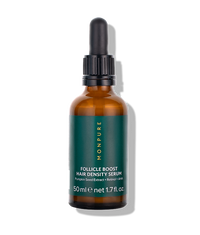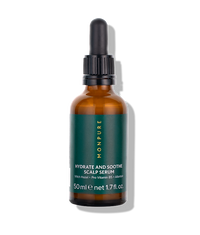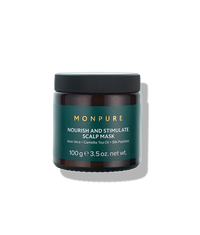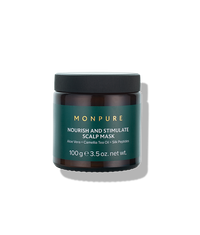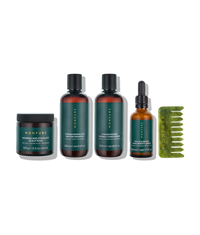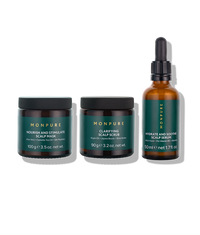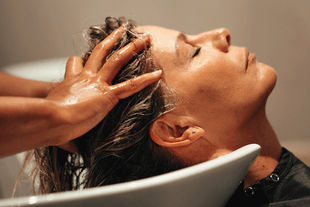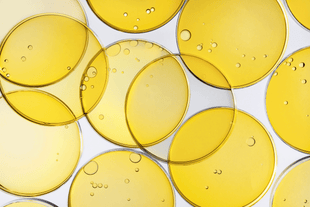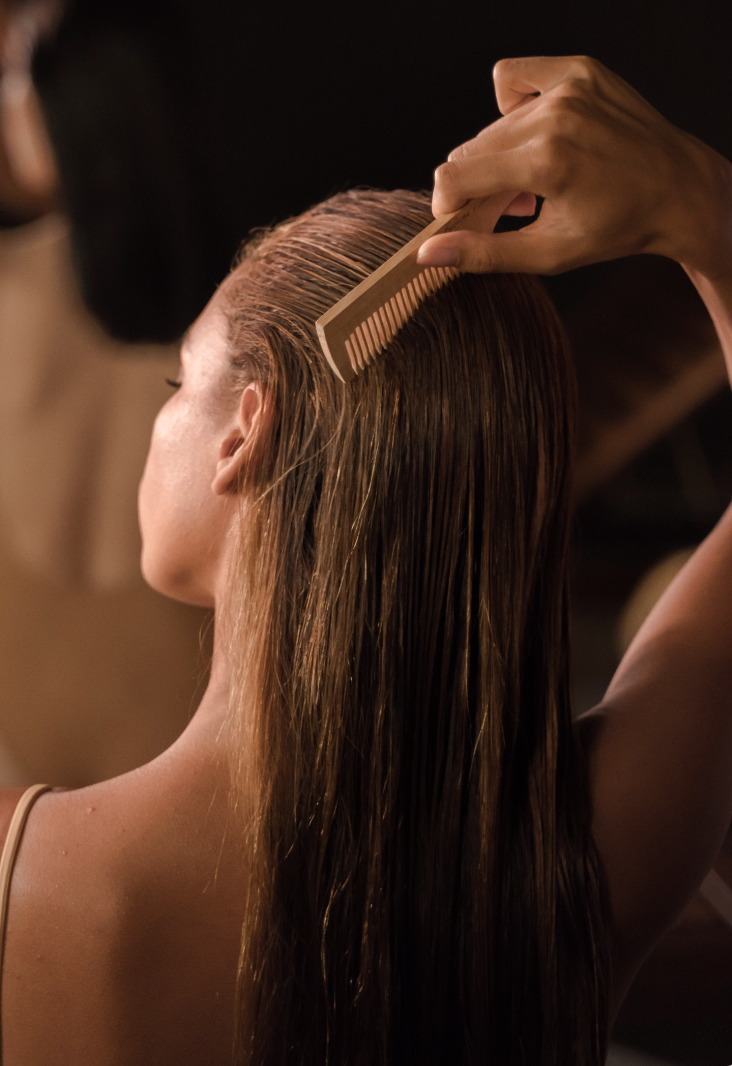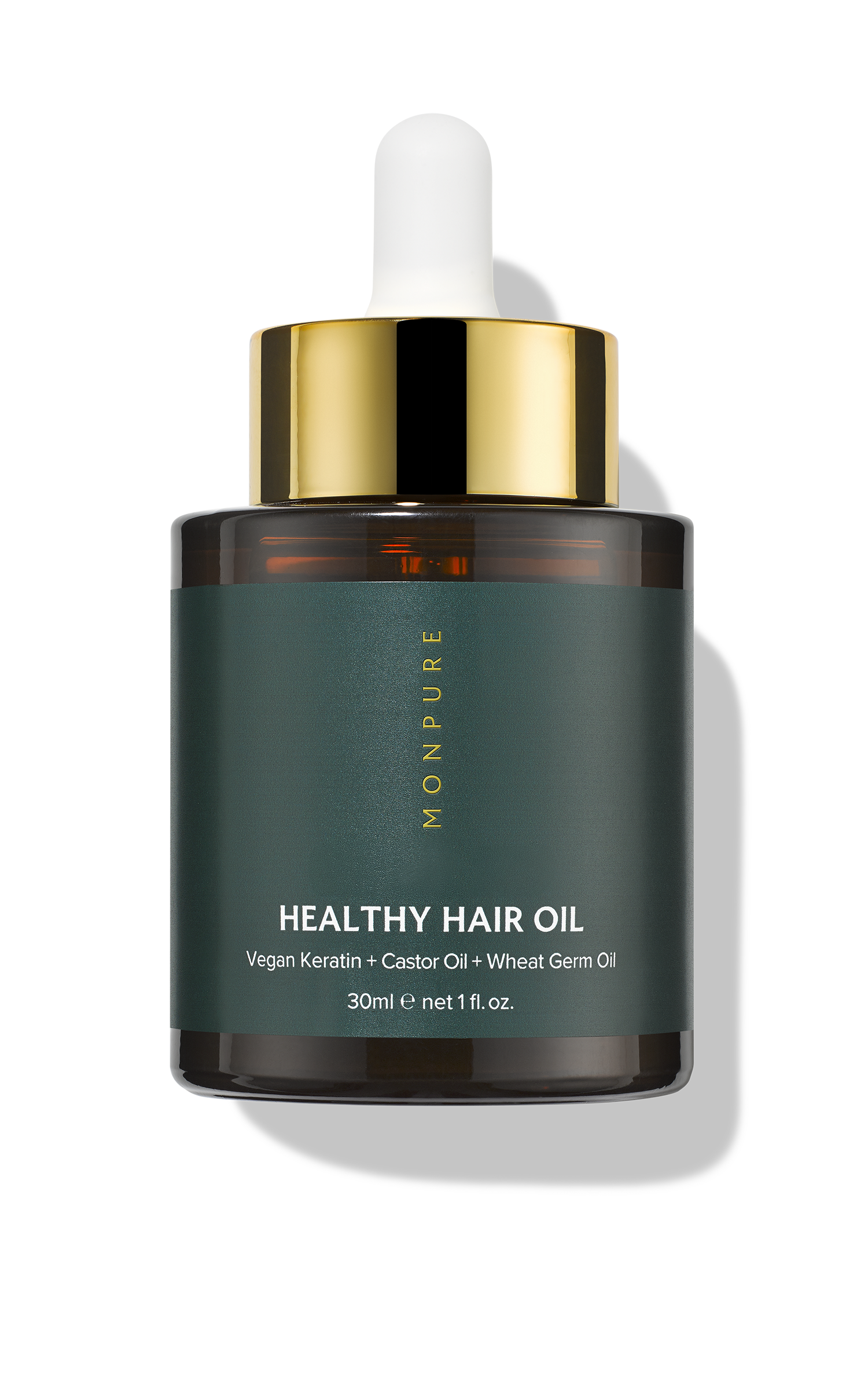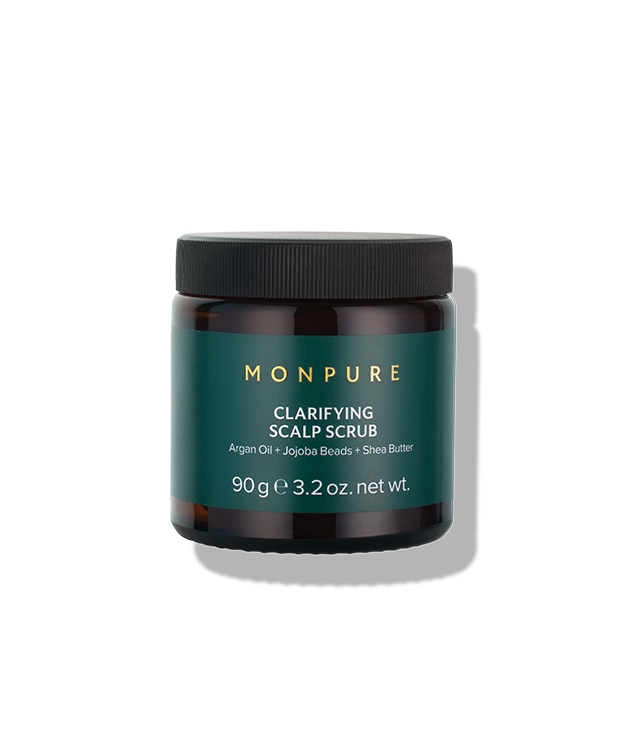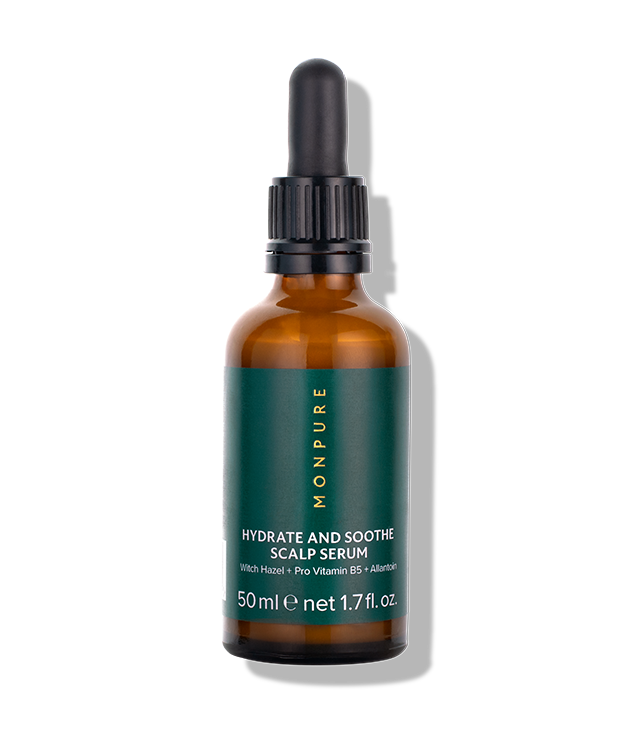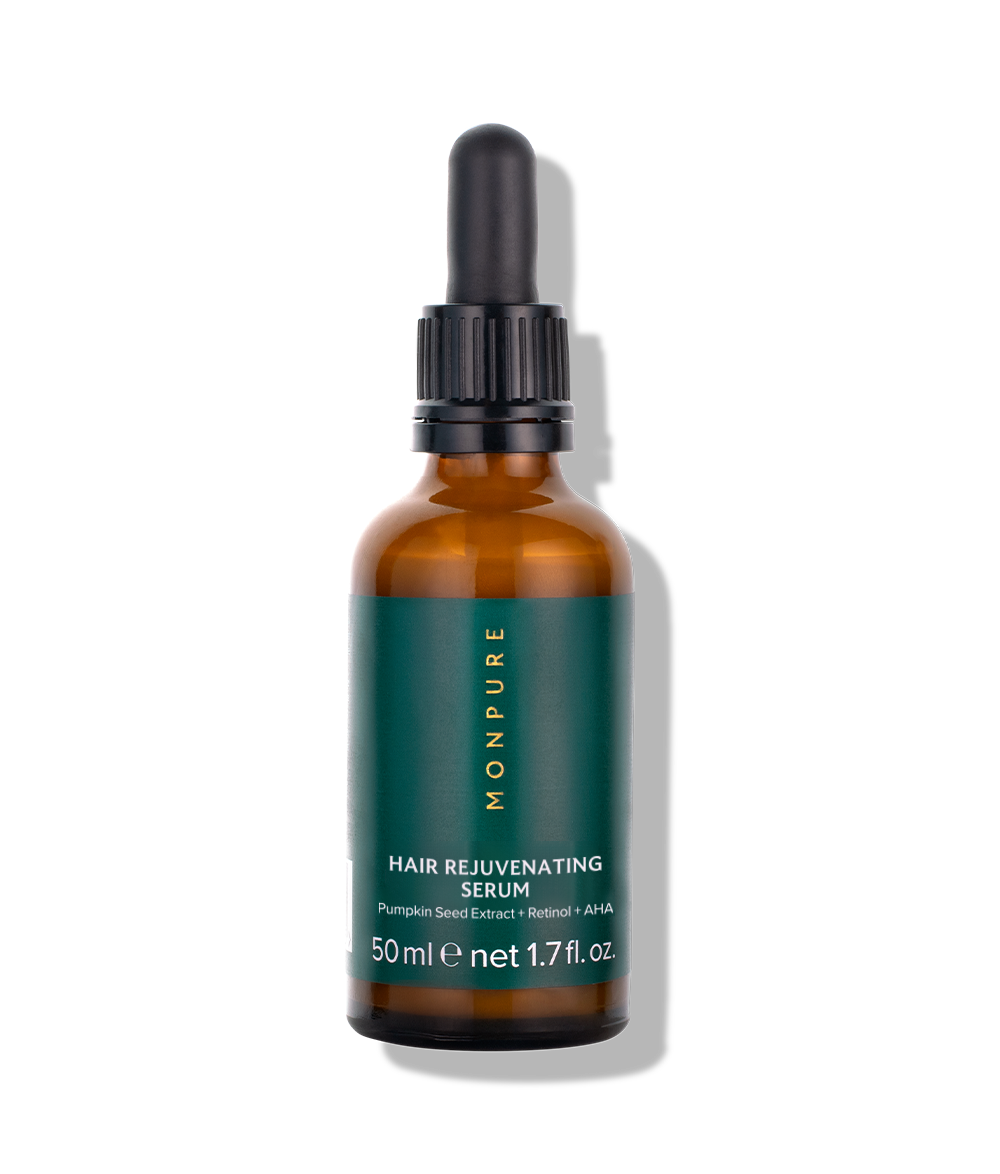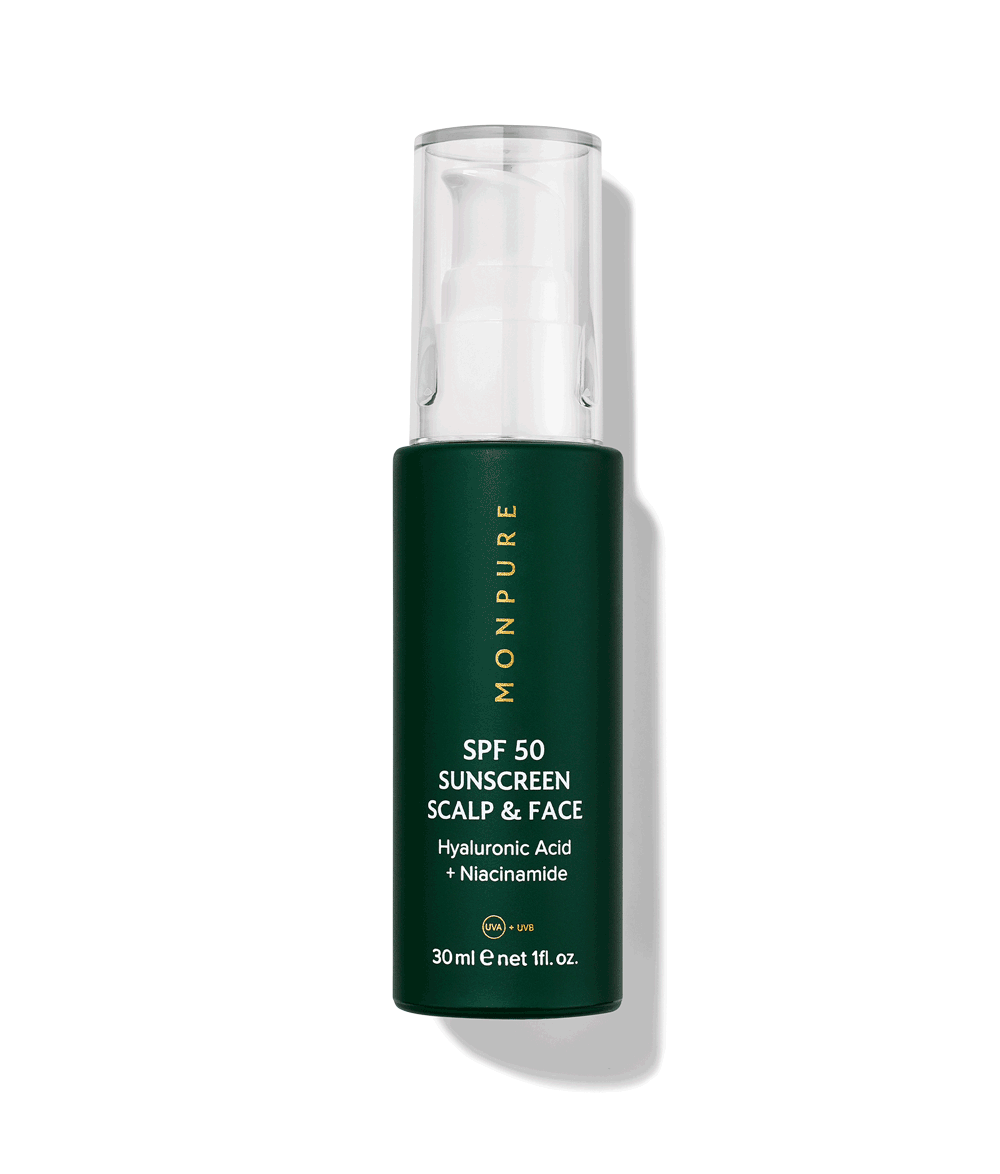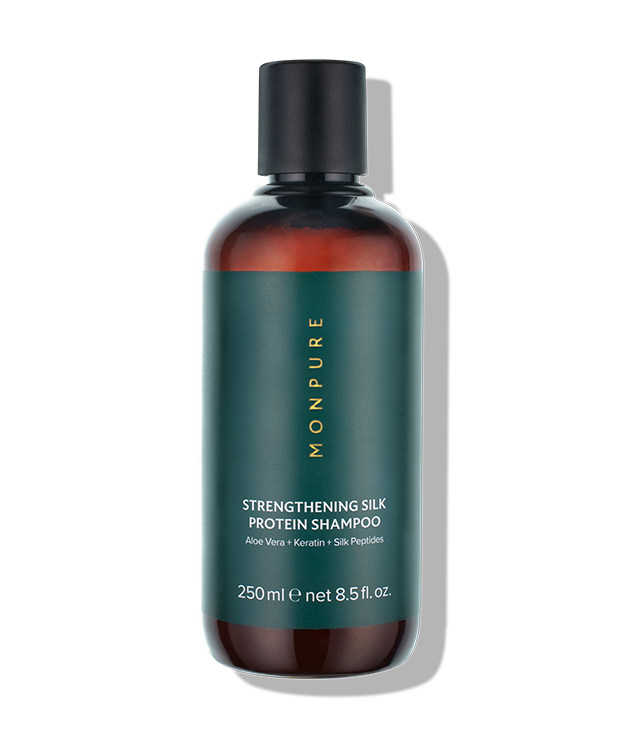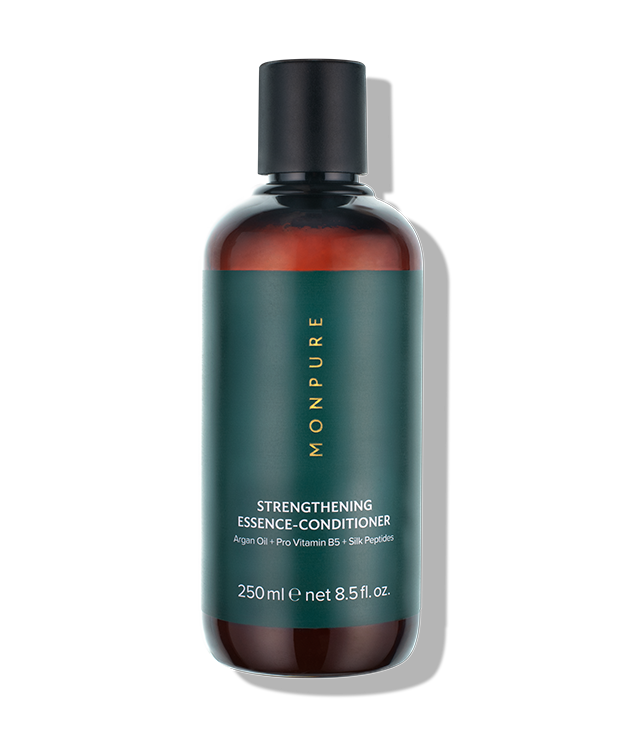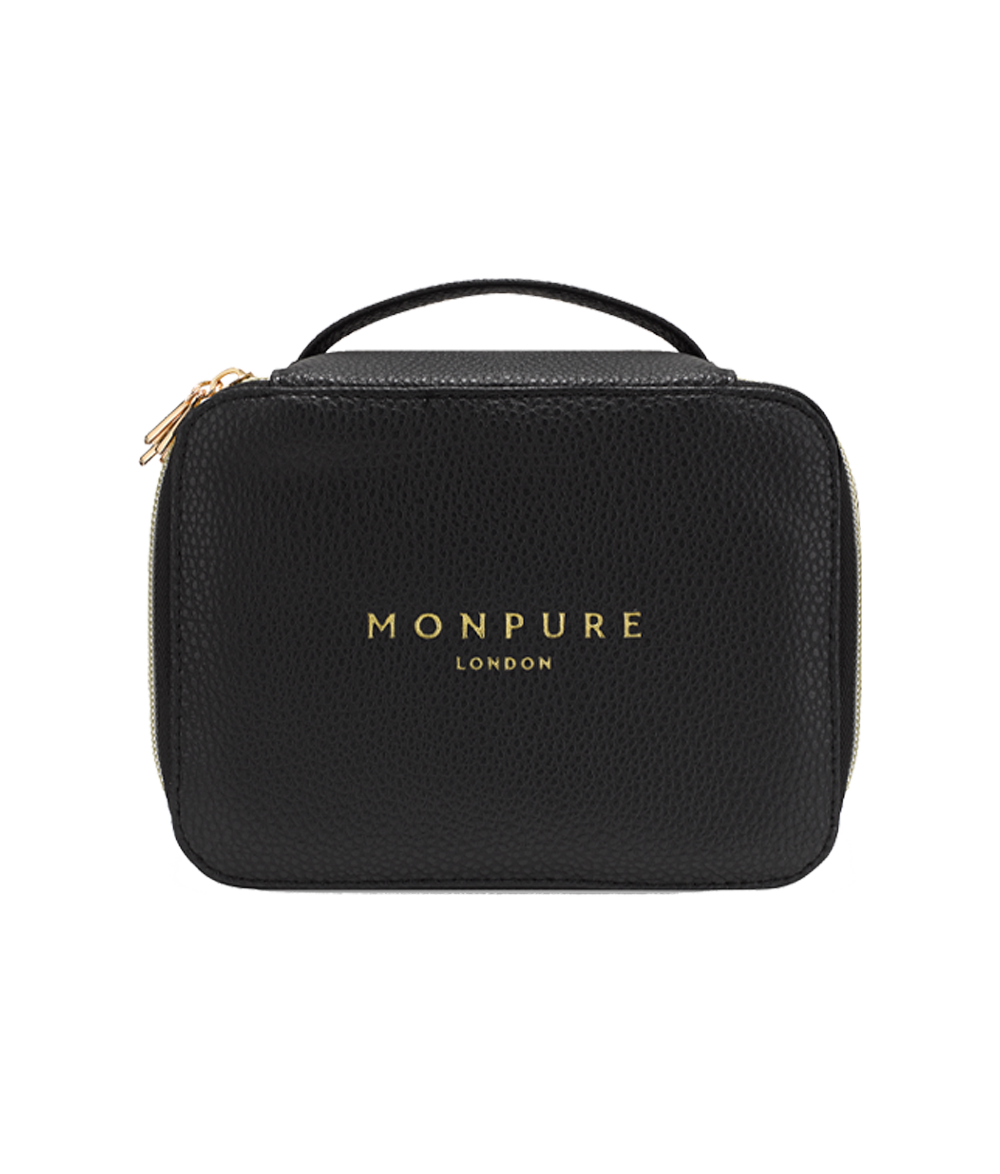What is Seborrheic Dermatitis?
According to MONPURE’s resident dermatologist Dr. Sue Ann Chan, “If you have an itchy, red scalp, accompanied by scaly patches and dandruff, you could have seborrheic dermatitis – a common skin condition that mainly affects your scalp.”
Seborrheic dermatitis is a condition that is almost as difficult to pronounce as it is to deal with. However, MONPURE is here to get to the bottom of this tongue-twister scalp condition, and unpack the science, causes, symptoms and treatment of seborrheic dermatitis on the scalp.
Seborrheic dermatitis is a chronic, common and non-contagious scalp condition that is marked by red, scaly patches of dandruff. The word ‘seborrheic’ refers to the sebaceous glands, the small oil-producing glands attached to the hair follicles, while the word ‘derm’ refers to the skin. Specifically, it speaks to the areas of the body that produce the most sebum, which includes the scalp.
Prevalence of Seborrheic Dermatitis
It is estimated that seborrheic dermatitis is more common among men than women, and is most common among infants younger than 3 months, as well as adults aged 30 to 60. According to the British Association of Dermatologists, seborrheic dermatitis affects about 4% of the adult population in the UK.
People born with oily skin and naturally high sebum production are more prone to developing seborrheic dermatitis. But, what are the causes of this condition?
Causes of Seborrheic Dermatitis on the Scalp
Yeast Overgrowth
Research suggests that although there is no singular known cause of seborrheic dermatitis, there are a cluster of factors that appear to contribute towards the condition. One factor is an overgrowth of the yeast Malassezia. Although Malassezia naturally occurs on the scalp in a healthy and balanced scalp microbiome, the overproduction of sebum gives this type of yeast the ‘perfect environment’ to flourish and grow, causing a disruption in the scalp’s intricate microbiome.
The reason Malassezia thrives on an oily scalp is because the yeast species actually depends on lipids to survive, due to the fact it is unable to synthesise its own fatty acids. This overgrowth ultimately leads to build-up on the scalp, resulting in itching, irritation and even flaking in severe cases.
Hormone Levels
The fact that men are more susceptible to seborrheic dermatitis than women gives us some insight into the hormonal contribution to the condition. Research points to a relationship between seborrheic dermatitis and androgen (male) hormones. For women, during particular periods in their lives, such as puberty, menopause and even PCOS (polycystic ovarian syndrome), they undergo higher androgen sensitivity, in which they produce excessive androgens, such as testosterone and DHT, and diminished oestrogen. Increased androgen sensitivity causes the sebaceous glands to produce and secrete excess sebum, ultimately leading to an oily scalp.
This hormonal fluctuation provides the perfect opportunity for the Malassezia yeast to colonise and wreak havoc on the scalp - leading to seborrheic dermatitis on the scalp.
Family History and Compromised Immune Systems
A family history of dermatitis also plays a role in the development of seborrheic dermatitis on the scalp, as well as the presence of immunocompromised and neurological diseases including Parkinson’s disease, epilepsy, HIV and depression. In fact, research has shown that incidences of seborrheic dermatitis among people with compromised immune systems may be as high as 85%.
There are also a number of factors that aggravate seborrheic dermatitis on the scalp, including stress, fatigue, infrequent shampooing as well as dry air during the winter months.
Symptoms of Seborrheic Dermatitis on the Scalp
- Dandruff: itchy white flakes of skin on the scalp
- Itching
- Dry scalp
- Red scales on the scalp
- Crusty yellow scales in infants (A.K.A cradle cap)
- Inflamed hair follicles
- Hair loss in severe cases
Seborrheic Dermatitis Scalp Remedies
There are a number of powerful natural remedies and ingredients that help alleviate the symptoms of seborrheic dermatitis on the scalp. Although conventional chemical treatments can be effective, they can be harsh on the scalp and may result in unwanted side effects. Effective over-the-counter treatments include dandruff shampoos that contain selenium, zinc pyrithione or coal tar. Natural solutions can be used alongside medical treatments to help you find relief more quickly, or avoid the irritating side effects they may produce. Discover MONPURE’s wonderful ingredients that alleviate symptoms of seborrheic dermatitis on the scalp…
Aloe Vera
This succulent plant is full of polysaccharides, which are famed for their powerful hydrating and anti-inflammatory properties. It works to reduce transepidermal water loss, locking in moisture to dry scalps and soothing inflammation and irritation.
Aloe vera’s anti-inflammatory properties work to alleviate redness and itching during flare-ups of seborrheic dermatitis on the scalp. Research conducted by the Indian Journal of Dermatology found that patients with seborrheic dermatitis who were treated with aloe vera improved by 43% more than patients in the placebo group.
Discover aloe vera in…
Hydrate and Soothe Scalp Serum
Strengthening Silk Protein Shampoo
Strengthening Essence-Conditioner
Nourish and Stimulate Scalp Mask
Salicylic Acid
This famed beta hydroxy acid (BHA) is an effective treatment for seborrheic dermatitis on the scalp. It is oil-soluble, allowing it to deeply penetrate the follicles and scalp and decongest the excess sebum that leads to seborrheic dermatitis. Salicylic acid is also a keratolytic, meaning it breaks down the outer layers of the scalp-skin and decreases the thickness of plaques that build up in cases of seborrheic dermatitis.
In a study conducted to assess the effects of the BHA for treating seborrheic dermatitis, researchers discovered that the keratolytic and anti-inflammatory action of salicylic acid reduced symptoms on the scalp by 53%.
Discover salicylic acid in…
Hydrate and Soothe Scalp Serum
Witch Hazel Water
Witch hazel water is a natural toner, astringent and anti-inflammatory that is ideal for treating itchy and irritated scalps. It removes and regulates the production of the excess sebum that contributes to flare-ups of seborrheic dermatitis on the scalp, while also working to soothe sensitive skin and accelerate wound healing.
Discover witch hazel water in…
Hydrate and Soothe Scalp Serum
MONPURE’s Hydrate and Soothe Scalp Serum is the perfect natural antidote for itchy and inflamed scalp conditions such as seborrheic dermatitis. Starring anti-inflammatory witch hazel water, aloe vera and exfoliating salicylic acid, this serum is the ideal spot treatment to quell and combat flare-ups while delivering abundant moisture to the scalp, allowing it to self-repair.
Frequently Asked Questions
Is seborrheic dermatitis contagious?
No, seborrheic dermatitis itself is not contagious and cannot be spread from person to person. However, someone with seborrheic dermatitis on their scalp likely has a yeast called malassezia that is contributing to the condition. This yeast can be transferred to others through skin contact, but it only develops into seborrheic dermatitis in people predisposed to the condition.
Can seborrheic dermatitis cause hair loss?
For most people, seborrheic dermatitis does not directly cause hair loss. However, severe cases involving a very inflamed, flaky, itchy scalp can potentially lead to some non-scarring alopecia. This hair loss is usually temporary as long as proper treatment is started to manage the seborrheic dermatitis.
Can seborrheic dermatitis spread from scalp to face?
Yes, seborrheic dermatitis often occurs in areas of the body with many oil glands, including the scalp, face, and upper back. The same factors that trigger seborrheic dermatitis on the scalp can also lead to patches on the face, especially around the nose, eyebrows, and ears.
Should you wash your hair everyday if you have seborrheic dermatitis?
It depends on the severity, but in most mild-moderate cases washing the hair 1-2 times per week is recommended. Excessive washing can dry out the scalp too much. But allowing oil and skin cell buildup can worsen seborrheic dermatitis as well. Finding the right balance plus using gentle shampoos is key.
Does seborrheic dermatitis ever go away?
For many adults, seborrheic dermatitis is chronic condition that comes and goes in flare ups throughout life. However it can go into remission for long periods with a consistent hair care routine using gentle shampoos and scalp treatments.

